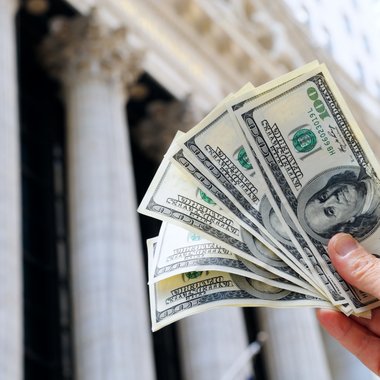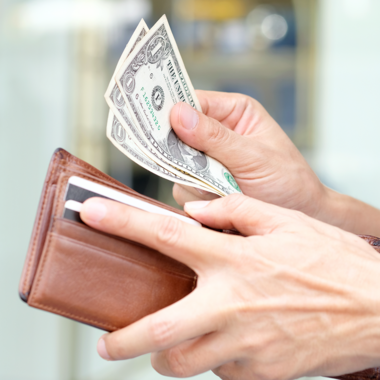Cash is key to the future of the US renting market
Feb 12, 2021The economic impact of COVID-19 has shaken the US housing market for renters and landlords. It has destabilised the relationship between the two, and much remains uncertain even as the US begins to plot a course beyond the COVID-19 era.

The unemployment rate skyrocketed above 14% in April 2020 as businesses were forced to close to comply with government social distancing regulations, and is yet to fall to pre-pandemic levels. And unemployment has disproportionately affected low-income households, where renting is more prevalent. So it is not surprising that many Americans quickly fell behind with their rent checks, meaning US regulators had to step in to prevent mass evictions. At one point, almost a third of all Americans were behind on payments for their rent or mortgage. A rent amnesty, which means that rent payments are deferred to a later date so the tenant isn’t evicted for non-payment, was the solution.
But despite many Americans being able to avoid eviction throughout the pandemic while having a reduced or zero income, this still has long-term consequences on the rental market. Today almost 10 million Americans are over $5,500 in arrears and this debt must be paid in addition to accruing rent.
With this dramatic upheaval on renting, it is not surprising that there is currently a lot of focus on how renters should be making payments, and what improvements can be made to standard practices while the industry is in flux.
The shift to digital payments
 | Jan Marc Kuelper VP, Strategic Business Development | COVID-19 has been the catalyst of rapid |
This is true for rent checks. Non-electronic payment methods are still the most common way renters pay, with the percentage of renters paying by cash or check being as high as 82% as recently as 2017. But landlords enabling tenants to pay rent online has steadily become more popular in the past few years, and the consequence of COVID-19 is that many more landlords and tenants will want to pay digitally moving forward.
Health and safety concerns and prolonged social distancing beyond the pandemic will be a key reason for this. So too will be the need to keep more accurate and visible records of tenants accounts. It will take many renters months or even years to clear the arrears they have accrued by not paying rent during the pandemic and it is better for both parties that the outstanding payments due are clear.
But renters still rely on cash
Switching rent collection to an online process seems like a logical move for landlords, but there are other factors impacting the way people pay in the US that need to be taken into account. Chief among these is financial inclusion. Approximately seven million households in the US are completely unbanked and many more are underbanked. This can severely restrict access to digital services when the only payment methods available in an online checkout are card payments or bank transfers.
Another is a more direct consequence of the pandemic. As we spoke about in a previous post, the gig economy has grown rapidly during the pandemic as people have searched for alternative employment, and wages in the gig economy are often not paid through traditional methods.
And again, renters are more likely to be in one or both of these categories than the average US consumer. So when thinking about the future of rent payments, these groups must be strongly considered. In both circumstances, the predominant method of payment for these consumers is cash.
Paying rent online with cash
To maximise the effectiveness of an online rent payments system, or to fully switch accepting online payments only, the preferred payment methods of all renters must be available including accepting cash digitally.
Integrating an eCash solution is the most efficient way to do this. A barcode can either be sent to the tenant in the post or downloaded digitally and taken to a payment point, where it is scanned and the transaction is completed in cash. This means the digital payment is made in cash without any physical interaction or the landlord needing any physical infrastructure.
The US renting market is going to take a long time to recover as we move beyond the pandemic. Paying rent in cash digitally will be key to the success of that recovery.


